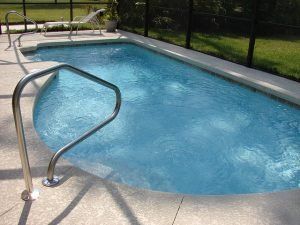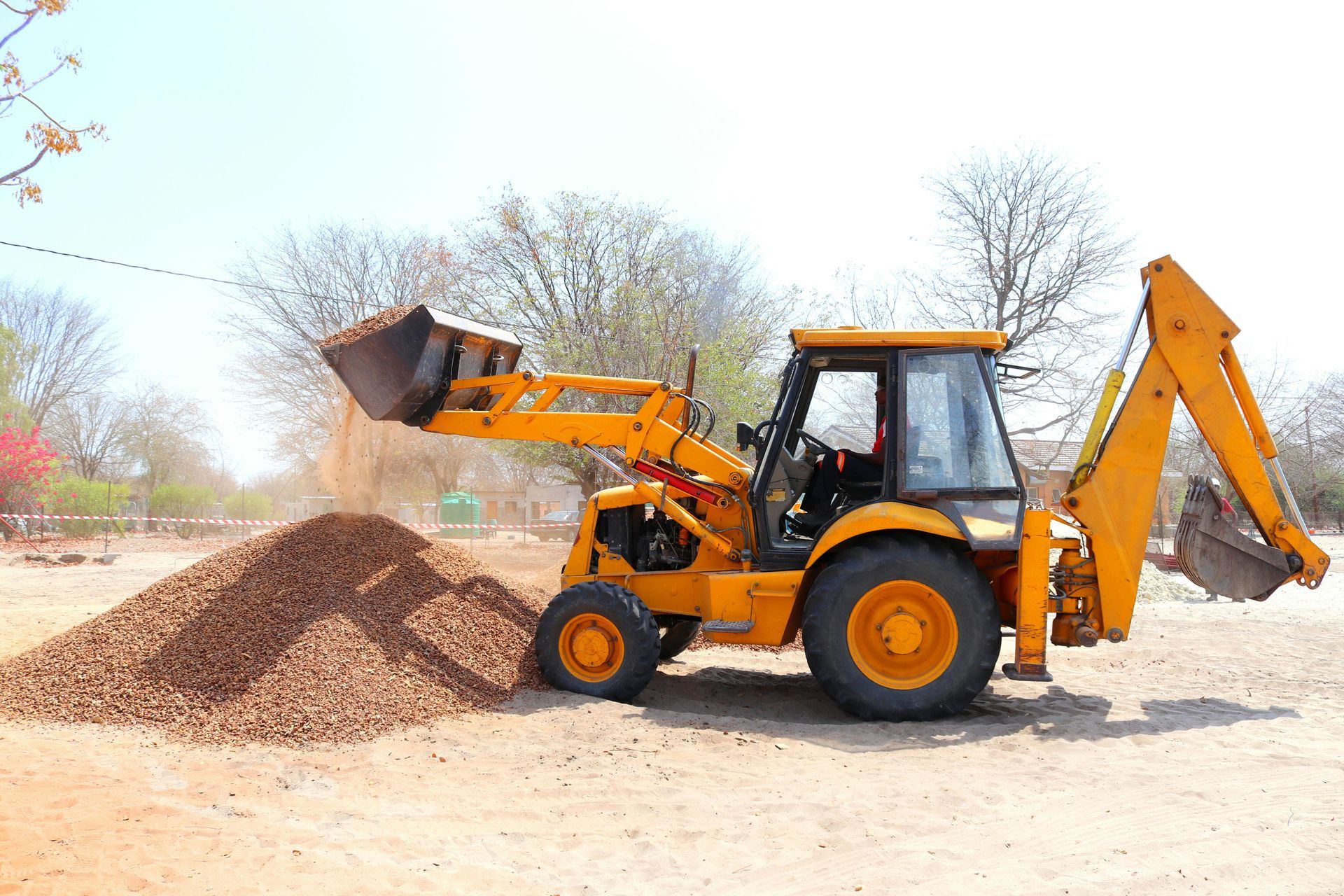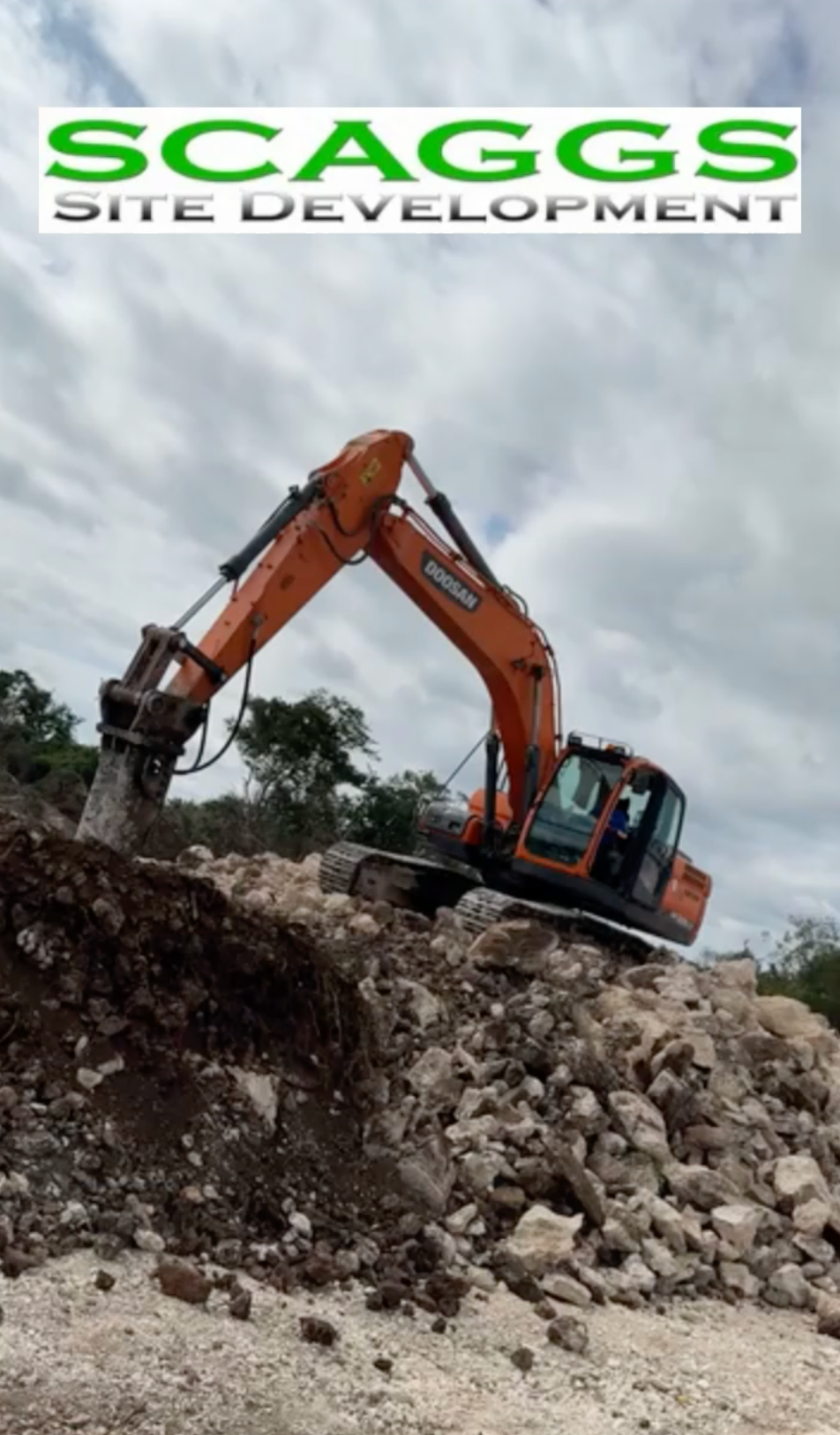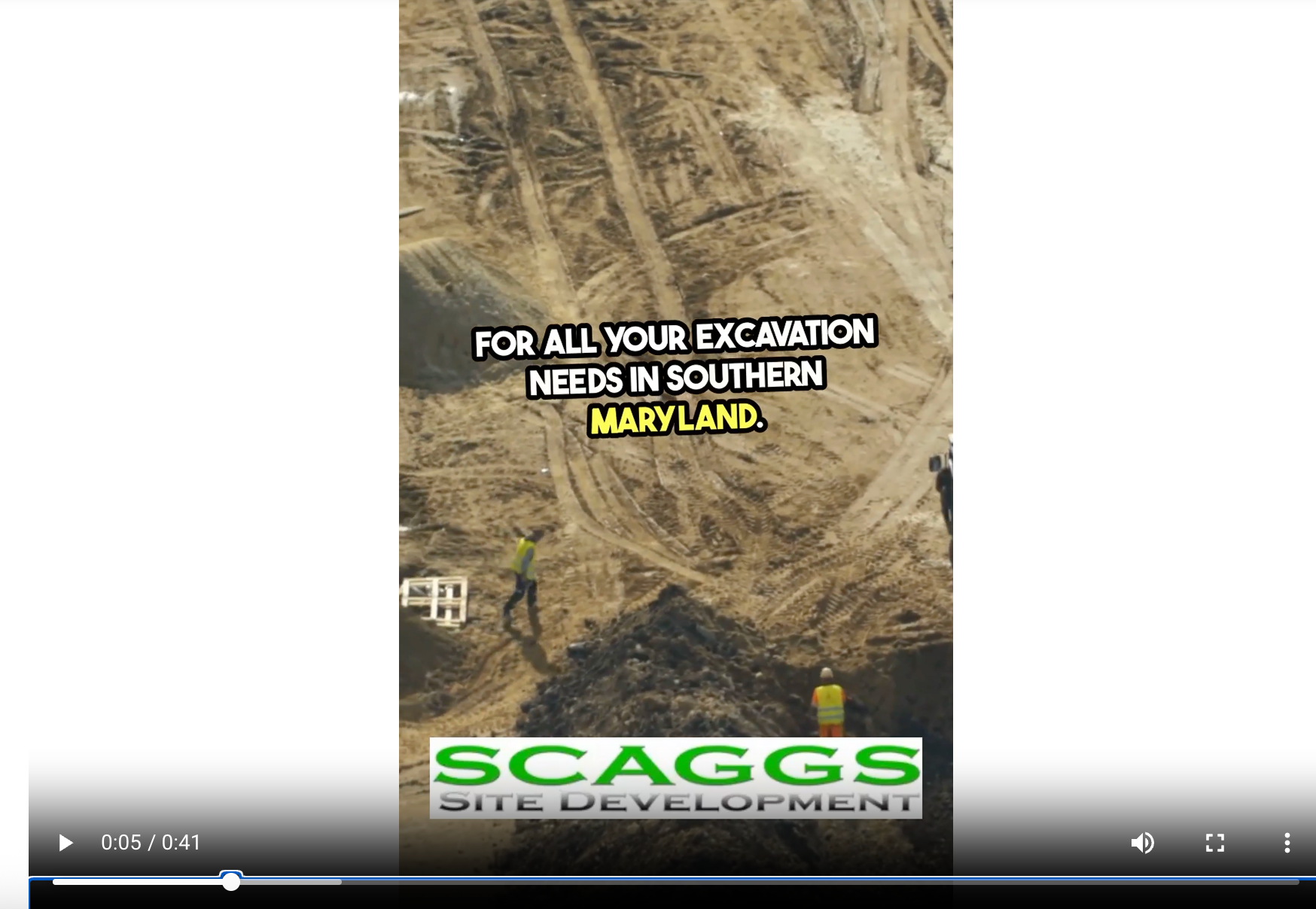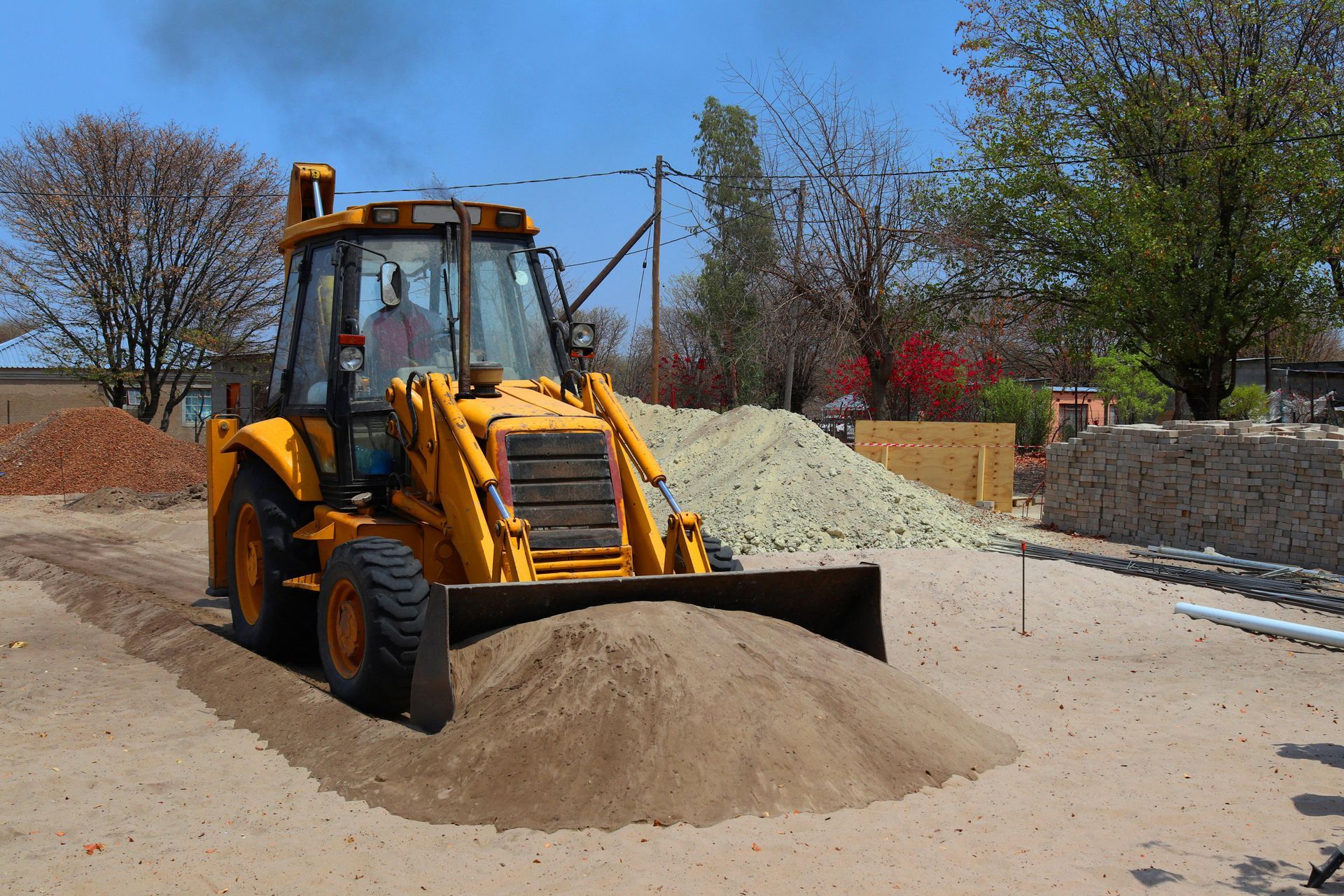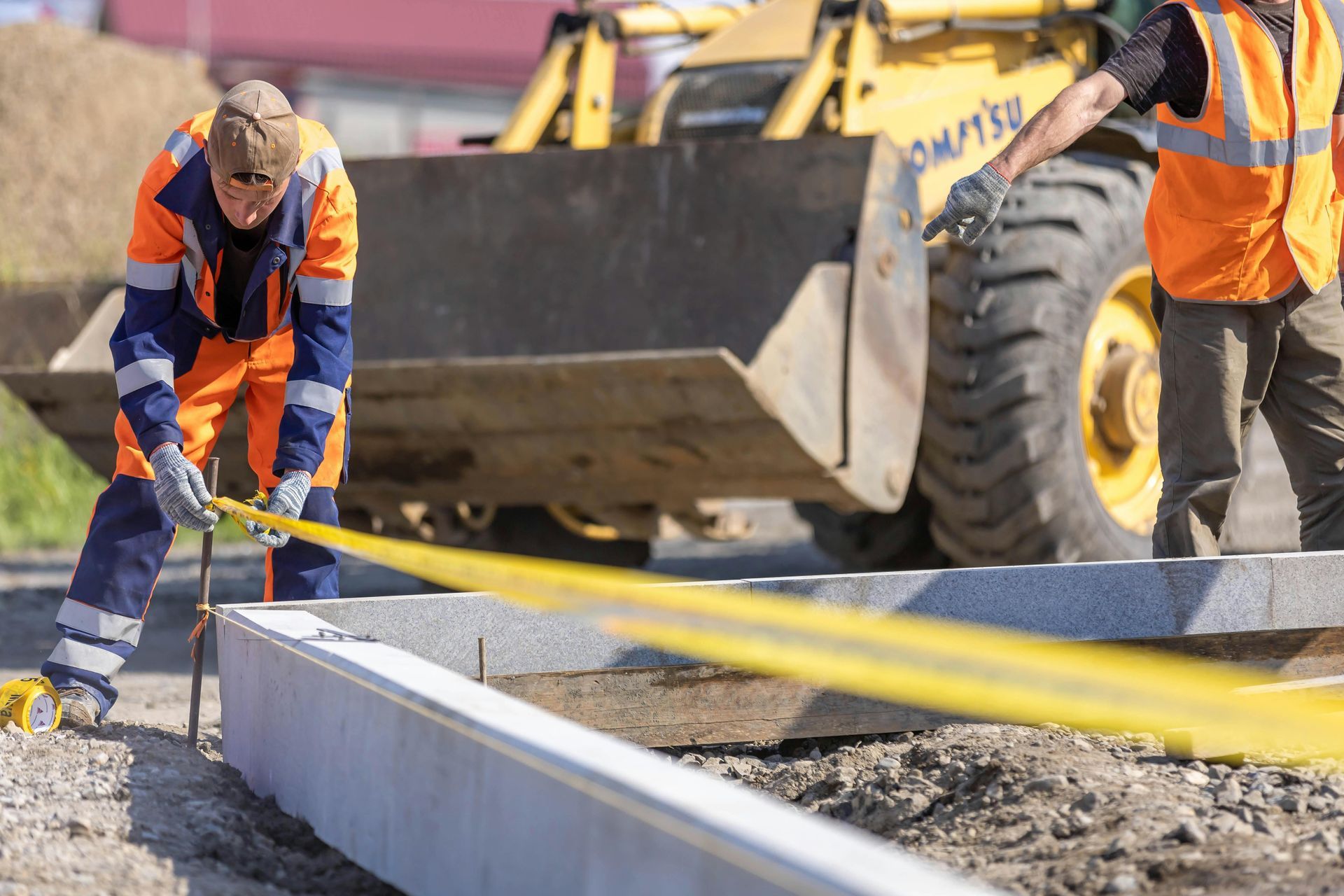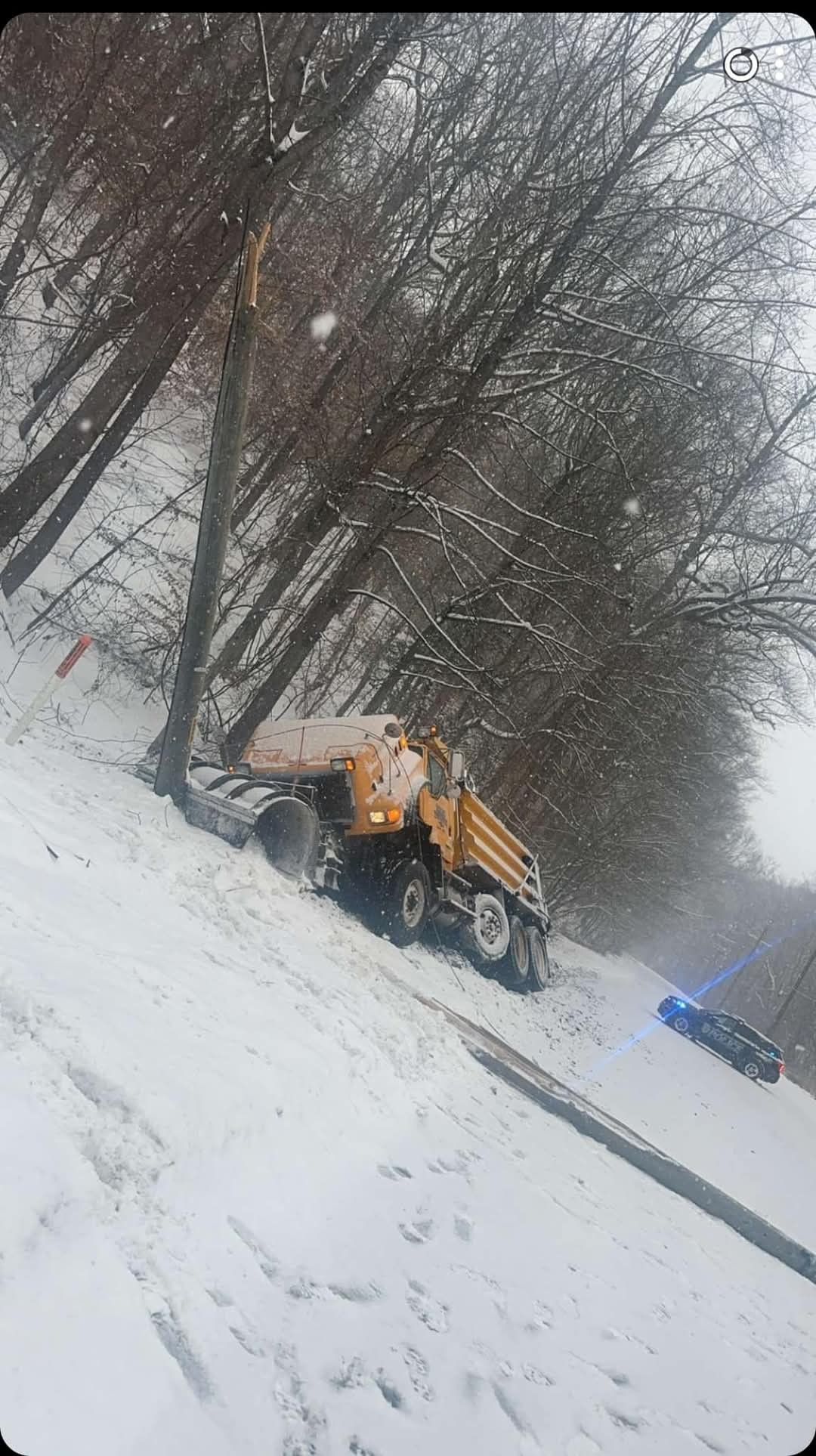. You will sit down with a pool professional and decide on the shapes,styles and materials of choice that meet your budget and the size of your yard. Keep in mind maximizing the sun by placing the pool where you’ll get the most rays.
2. Prior to excavation, workers will come and map out the pool in your yard. They’ll plan for filters/equipment, the shape of the pool and any surrounding structures, such as a patio or deck.
3. The excavation will then take place after the pool design is approved. Construction equipment and hand-shoveling to work on the finer details is part of the process. It may take a day or two to dig the pool, provided the soil is amenable.
4. Wired steel rods are installed in the pool area that has been cleared away. This will provide support for the frame and protect against ground forces.
5. The electrical and plumbing groundwork will be laid, including wiring for the pump and filter and pipes to filter the water.
6. A special concrete mixture is sprayed over the steel frame to lock it in place and provide extra strength. Depending on the pool interior surface used, this will also provide the groundwork for other materials to be installed.
7. Tile, masonry, rock, and/or a vinyl liner will be installed. The pool will start to have a finished look.
8. Surrounding materials, such as landscaping, decking, concrete, or patio pavers can be installed at this point.
9. Personal touches will complete the look of your pool. Afterward, you simply fill the water level and start enjoying the swimming pool once the weather is right. You may be able to pay municipal water services to come and fill your pool via a water tank truck. Some towns allow usage of fire hydrant water if approved by the fire department. Otherwise, you may need to go the slow and steady route of using your backyard hose.
For all your excavating and concrete needs including swimming pool installations call
Scaggs Site Development.

